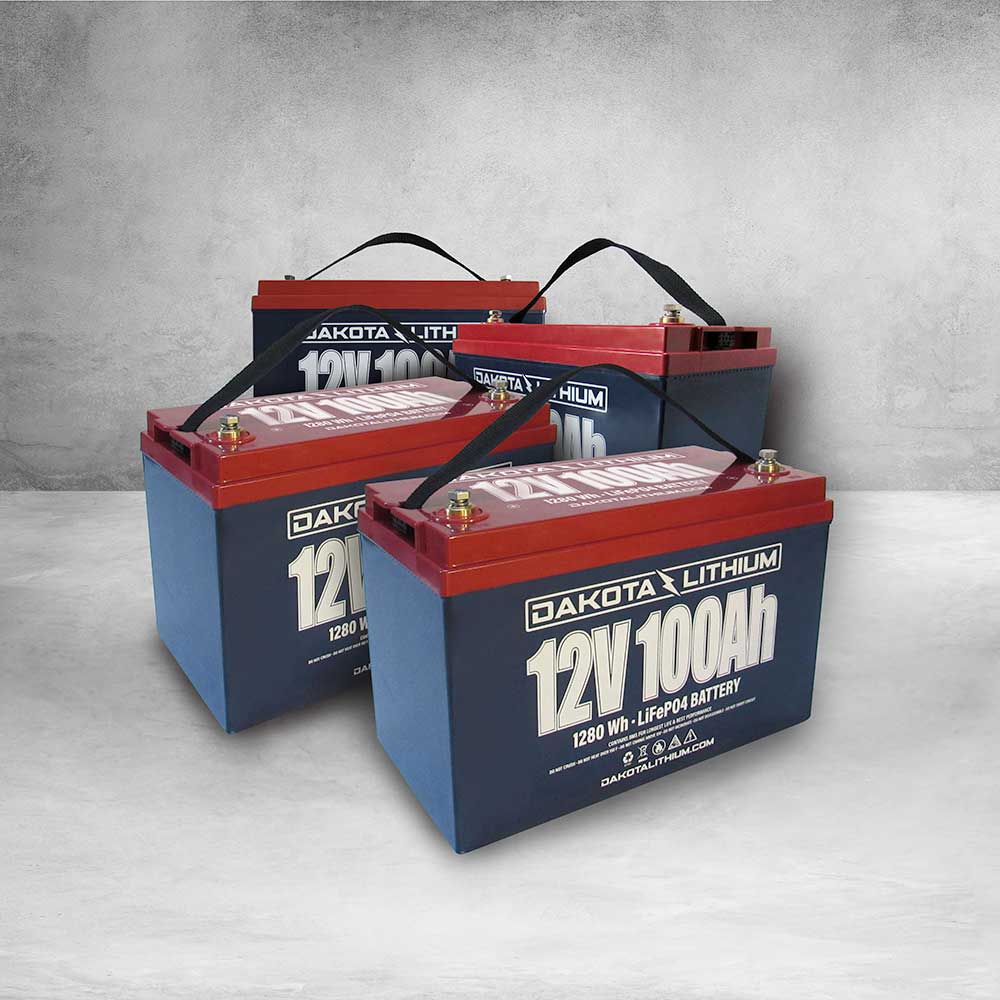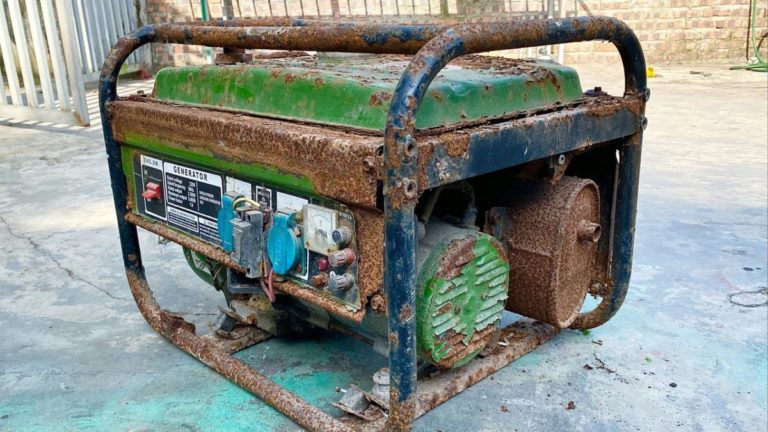As we continue to rely on battery-powered devices for our daily needs, it’s essential to understand how to extend their life and prevent degradation.
Battery longevity is a critical aspect of energy storage, as the decline in performance can lead to decreased usage time, reduced capacity, and ultimately, premature replacement.
By exploring the factors that affect battery degradation and utilizing effective strategies to mitigate these issues, we can significantly extend the life of our batteries and make them more reliable for everyday use.
We will delve into the complexities of battery degradation and longevity, discussing practical methods that can help improve the performance and lifespan of energy storage systems.
Proper Charge and Discharge Cycling
Avoid overcharging or over-discharging the battery, as this can cause stress and lead to degradation. Instead, try to keep the battery level between 20% and 80% if possible.
Overcharging can cause stress on the battery, leading to degradation and reducing its overall lifespan.
Similarly, over-discharging can also cause damage to the battery, as it can cause the battery to dip below its recommended minimum level.
To avoid these issues, it is recommended to keep the battery level between 20% and 80% if possible.
This range allows for a safe and healthy charging and discharging process, minimizing the risk of overcharging or over-discharging.
Avoid Deep Discharges
Try to avoid letting the battery completely discharge to 0% on a regular basis, as this can cause damage to the battery cells. Instead, aim to keep the battery level around 20% to 50% if possible.
To maintain the health and longevity of your laptop’s battery, it’s important to avoid letting it completely discharge to 0% on a regular basis.
When a battery is repeatedly drained to 0%, it can cause damage to the battery cells, which can lead to a shorter battery life and overall poorer performance.
Instead, it’s recommended to keep the battery level around 20% to 50% if possible.
This allows the battery to maintain a more consistent charge level, reducing the stress on the battery cells and helping to extend the life of the battery.
Keeping the battery level between 20% and 50% can help to prevent the battery from over-discharging, which can also cause damage and reduce the battery’s lifespan.
Maintain a Consistent Temperature
Extreme temperatures can affect the battery’s performance and lifespan. Avoid exposing the battery to high temperatures (over 60°C) or low temperatures (below -20°C). Instead, keep the battery in a moderate temperature range (around 20°C to 30°C).
Exposing the battery to extreme temperatures can significantly impact its performance and lifespan.
High temperatures (over 60°C) can cause the battery’s chemical components to degrade faster, leading to a decrease in capacity and an increase in internal resistance.
On the other hand, low temperatures (below -20°C) can cause the battery’s chemical reactions to slow down, making it less effective and reducing its lifespan.
To ensure optimal performance and longevity, it is essential to keep the battery in a moderate temperature range, ideally between 20°C to 30°C.
This temperature range allows for optimal chemical reactions and minimizes the risk of thermal runaway, which can damage the battery and potentially cause safety issues.
Avoid placing the battery in areas with extreme temperature fluctuations, such as near a radiator or in direct sunlight, to maintain a consistent and optimal temperature range.
Minimize Physical Stress
Avoid subjecting the battery to physical stress, such as drops, bends, or crushing. These can cause internal damage to the battery cells and lead to degradation.
Physical stress can have a profound impact on the internal components of a lithium-ion battery, leading to degradation and potential safety issues.
Avoid subjecting the battery to drops, bends, or crushing, as these can cause internal damage to the battery cells.
For instance, if the battery is dropped, the mechanical shock can cause the electrolyte to be displaced or the separators to be damaged, leading to a short circuit.
Similarly, if the battery is bent or crushed, the internal components can become misaligned or compressed, leading to a loss of capacitance and reduced performance.
Therefore, it is essential to handle the battery with care and avoid any physical stress that may compromise its functionality and safety.
Protect from Moisture
Moisture can damage the battery and cause corrosion on the terminals. Avoid exposing the battery to high humidity or immersing it in water. Instead, keep the battery in a dry, well-ventilated area.
Exposure to high humidity or immersion in water can cause significant damage to the battery and its terminals.
Moisture can seep into the battery’s porous plates and cause corrosion, which can lead to a decrease in capacity and an increase in internal resistance.
The moisture can cause the battery’s terminals to corrode, which can make them more prone to short circuits and potentially lead to a fire.
To prevent such damage, it is essential to keep the battery in a dry, well-ventilated area, away from any sources of moisture.
This can be achieved by storing the battery in a dry, indoor location, such as a basement or a garage, and avoiding the use of the battery in humid or wet environments.
By taking these precautions, you can ensure the longevity and optimal performance of your battery.
Monitor Voltage and Temperature
Keep an eye on the battery’s voltage and temperature, as these can indicate any issues with the battery. Avoid letting the voltage drop too low (below 2.5V) or the temperature rise too high (above 60°C). Instead, try to keep the voltage between 2.5V and 3.5V, and the temperature around 20°C to 30°C.
To ensure the longest lifespan and optimal performance of your Li-ion battery powered device, it’s important to keep a close eye on the battery’s voltage and temperature.
These two factors can provide valuable insight into the health of your battery and alert you to any potential issues.
For instance, if the voltage drops below 2.5V, it may indicate that the battery is nearing the end of its lifespan or that there is a problem with the charging circuit.
Similarly, if the temperature rises above 60°C, it could be a sign of an overcharge or a manufacturing defect.
To avoid these issues, it’s best to keep the voltage between 2.5V and 3.5V, and the temperature around 20°C to 30°C.
By maintaining these optimal conditions, you can ensure that your battery operates at its peak performance and longevity.
Avoid Deep Discharges
Deep discharges can shorten the battery’s lifespan. Instead, try to keep the battery level above 20% to avoid triggering the protection mechanisms that can cause degradation.
To ensure the longest possible lifespan of your battery, it’s essential to avoid deep discharges that can cause premature degradation.
When your battery level drops below 20%, it can trigger protection mechanisms that can lead to a shorter lifespan.
Deep discharges can cause damage to the battery cells, reduce their capacity, and increase the likelihood of voltage imbalances.
To avoid these issues, keep your battery level above 20% whenever possible.
This will help prevent the battery from being deeply discharged and reduce the risk of degradation.
Instead of charging your battery to 100% every time, try charging it to around 80% or 90% to avoid deep discharges.
Avoid letting your battery sit at 0% for extended periods, as this can also cause damage.
By taking these precautions, you can help extend the lifespan of your battery and ensure it continues to perform optimally.
Charge Infrequently
Charging the battery too frequently can cause degradation over time. Instead, try to charge the battery only when necessary, and avoid charging it too frequently or for extended periods. This can help extend the battery’s lifespan.
Charging the battery too frequently can cause degradation over time, so it’s important to avoid overcharging your device’s battery.
Instead, try to charge the battery only when necessary, and avoid charging it too frequently or for extended periods.
For example, if you only need to use your device for a short period of time, it’s better to charge it for just a little bit rather than charging it to 100% and then unplugging it.
It’s a good idea to avoid charging your device’s battery for extended periods of time, as this can cause the battery to heat up and degrade more quickly.
Want More? Dive Deeper Here!
Hey there! If you’re the type who loves going down the rabbit hole of information (like we do), you’re in the right spot. We’ve pulled together some cool reads and resources that dive a bit deeper into the stuff we chat about on our site. Whether you’re just killing time or super into the topic, these picks might just be what you’re looking for. Happy reading!






